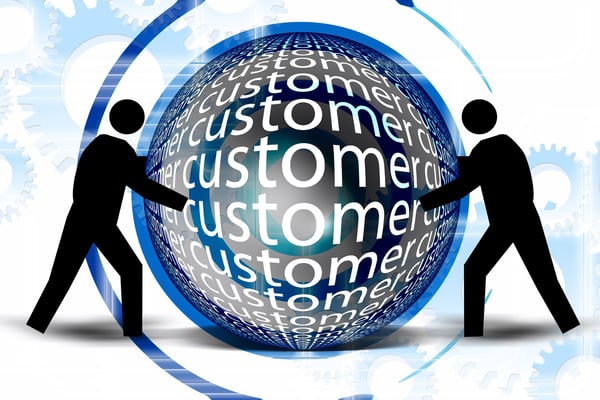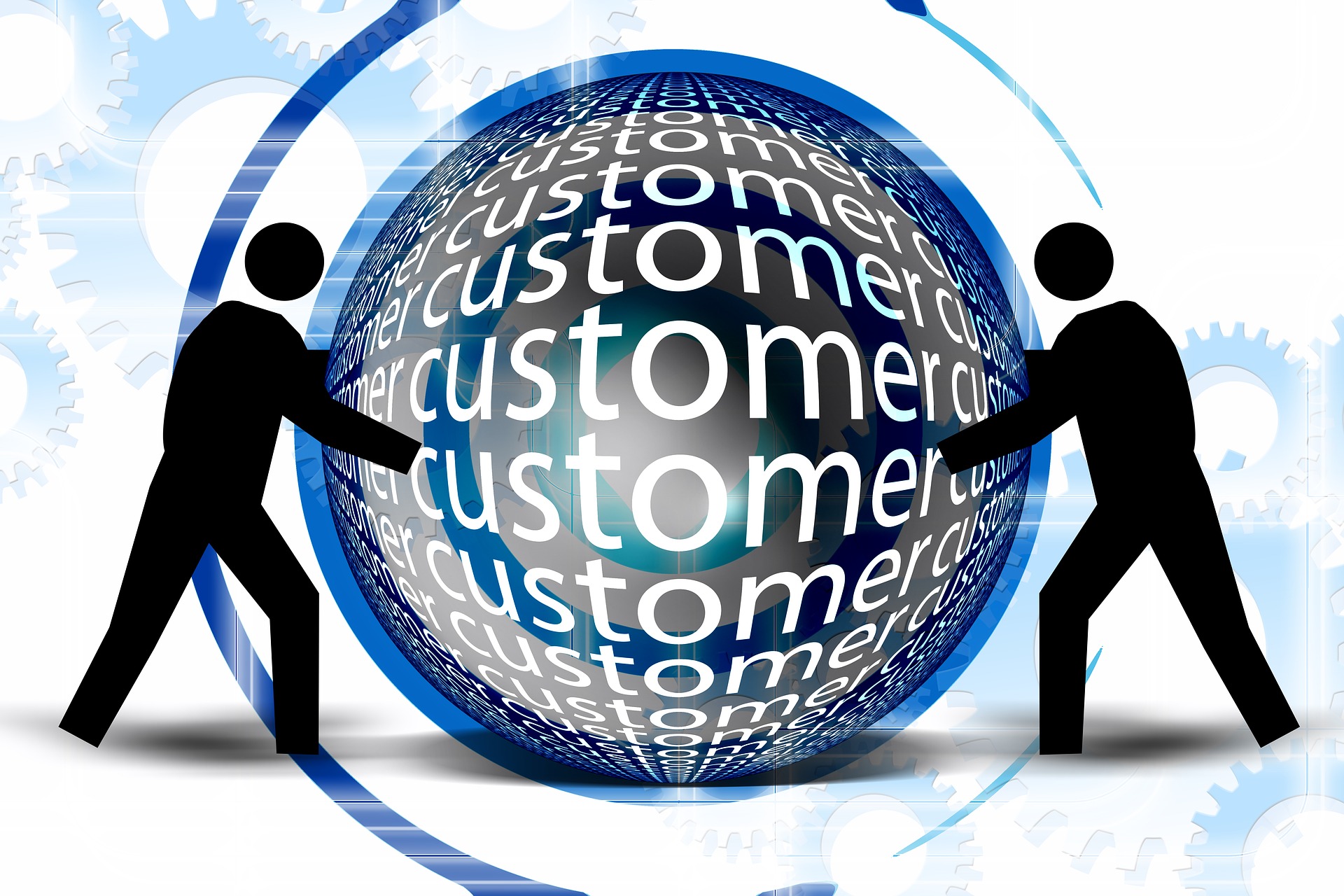How to Optimize Customer Communications Across Customer Journeys
Customer Experience | Customer Communications | Omni-channel | INTOUCH | Digital Transformation
Customer experience (CX) has been gaining traction; it’s now much more than just a buzzword and it now requires your immediate attention. Whether you are an insurance firm, a bank, or any other type of business that interacts with people, the customer’s journey plays an extremely important role for attracting and retaining customer base.
Let’s take a look at how CCM solutions can make your customer’s journey a positive one that keeps them coming back.

Every customer journey begins with good communications.
The Significance of Customer Journeys
Customer journeys and CX are critical differentiators not to be ignored, but explored, and yet they often are overlooked. Industry authorities like Gartner have determined that 89% of businesses compete primarily on the customer experiences they offer. While the vast majority of companies believe they are delivering exceptional experiences, only around 8% of customers agree with that.
CCM and Customer Experience
One of the most important customer experience elements is with actual communications with the customer. You communicate with these potential and current customers at every stage of the customer lifecycle. The trick is to have those communications look and feel consistent across customer journeys.
Prospective customers start their journey by interacting with marketing teams. Online ads, social media posts, etc., all are each a form of communications that deliver a message. Marketing teams use a host of software packages and platforms that market to prospects in an effort to convert them into customers.
After becoming a customer, however, the experience with customer communication changes. The new customer is handed off from the marketing department to a different group inside the company, usually either a line of business or customer service.
This handoff is where a lot of companies drop the ball, as many customers are finding that the experience established by the marketing team isn’t matched by post-transaction interactions. Being consistent when communicating with customers is essential and yet many companies find it difficult to maintain consistency.
When your lines of business and customer service department use CCM software, your communications with customers will have the same effective, efficient, and consistent messaging and interactivity as those provided by your marketing department.
CCM and Consistency
CCM software incorporates several features that help insure consistency:
- Layouts and templates
- Reusable content
- Data variables
- Business logic
- Workflows
Layouts and templates are the backbone of customer communications. They provide the underlying structure of the communication (i.e., where content goes). By standardizing on a handful of layouts and then building templates from those layouts, communications start out with a shared DNA. Layouts and templates are often created for multiple delivery methods (e.g., email, print), so communications are inherently consistent across channels.
CCM software breaks down communications into discrete parts. Often, snippets of content can be shared across multiple templates. Creating and managing fewer pieces of content also helps to achieve consistency. CCM software can then access this content stored in other repositories (including those managed by the marketing department), thus avoiding having multiple versions of varying vintages to manage.
Templates and content can contain variables, or placeholders, that would be used to personalize a given communication. The variable could be the customer’s name, or it could be the company’s brand. Images can also be variable: for companies with multiple brands or product lines, this promotes consistency within and among them. To serve up the most relevant and timely content, the CCM software pulls data from core systems in order to resolve variables.
Business logic can also be used to personalize communications. A simple example is a regulatory paragraph that must change based on the recipient’s state of residence. By using content variants and business logic, a CCM solution streamlines the process of creating multi-jurisdictional communications.
And last but not least: workflows. Nothing promotes consistency like review and approval processes. A workflow could include a review by the internal marketing organization or an external partner or regulator.
CCM and Topdown
When you partner with Topdown for your CCM solution, you are making an investment not only in your business, but also in your customers. You’ll be able to see a difference on both ends of the spectrum. Your customer service staff will be noticeably more efficient resulting in happier, more satisfied customers.
Give Top Down Systems a call today and ask about INTOUCH to start delivering customer journeys that drive repeat business!
Image: Pixabay







